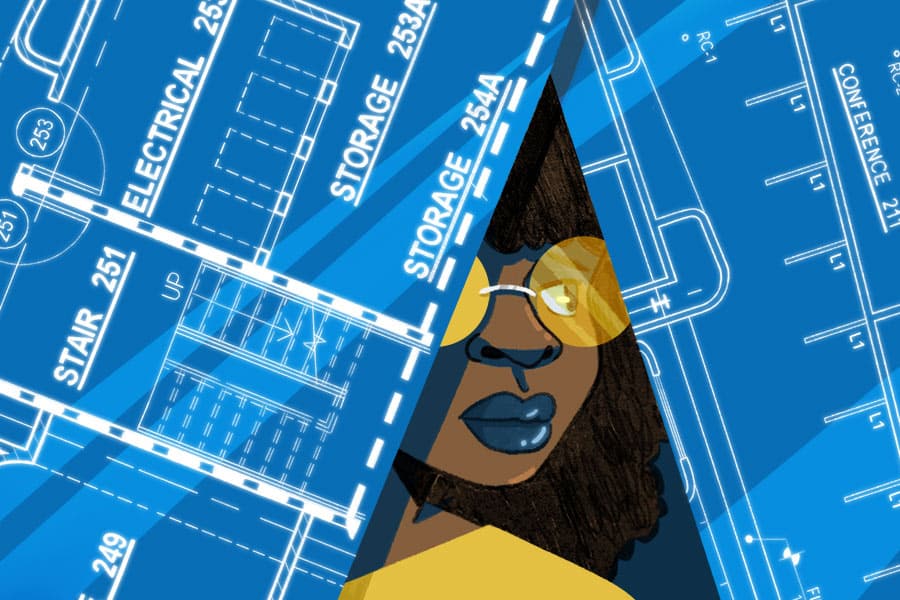Illustration by Shannon Wright
It was a sunny day in late summer 2019 when an auspicious phone call came into the Chicago offices of architecture firm Skidmore, Owings & Merrill (SOM).
The person on the line asked to speak to senior urban designer Tiara Hughes, who was jetting between meetings. When the caller was patched through, the young designer couldn’t believe her ears.
“The person on the other end said, ‘Hi, this is such-and-such with Mayor Lori Lightfoot’s office, and we’d like to appoint you to the Commission on Chicago Landmarks,’” Hughes remembered. “My response was to say, ‘Um, is this real? Can you spell your name again?’”
The call was very real. Hughes, at that time just three years removed from earning her graduate architecture degree, had been hand-selected by Chicago’s recently elected mayor to join one of the most prestigious commissions in the Windy City. Once she found her voice, Hughes gratefully accepted the appointment; she was sworn in a few months later.
Hughes—her first name is pronounced tee-AIR-aa (like fresh AIR)—is truly a rising star in architecture, and she isn’t yet 30 years old. Hughes doesn’t just work at SOM and serve on the Chicago Landmarks Commission; she is also an adjunct architecture professor at Illinois Institute of Technology; founder and executive director of FIRST 500, a national research initiative to record the history and accomplishments of licensed African-American female architects; a real estate broker; and is on the board of the National Organization of Minority Architects (NOMA).
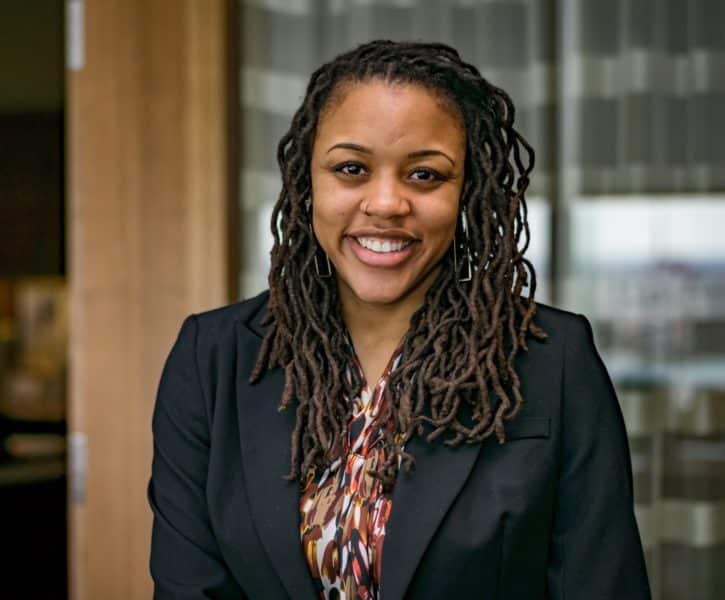
Hughes’ ambition in architecture extends far beyond earning individual accolades or designing buildings to grace Chicago’s constantly booming downtown and growing neighborhoods. She is one of several influential figures who aim to transform architecture on a broad scale for the better.
She is striving to make the industry more accessible to people like her. With Black architects making up just 2% of all licensed architects in the country and Black women at just 0.4%, Hughes’ mission is to inspire more Black women to enter the profession, while also ensuring that the industry grows in a way that is representative of the diverse communities it serves.
Humble beginnings
To understand Hughes’ mission is to understand her story, which starts in inner-city St. Louis.
Hughes grew up in a single-parent household and went to a predominantly Black elementary school, where in second grade, she and her classmates were asked to create a piece of artwork for a school fundraiser. Inspired by pictures of homes in magazines, Hughes drew the buildings and realized the exercise came naturally to her.
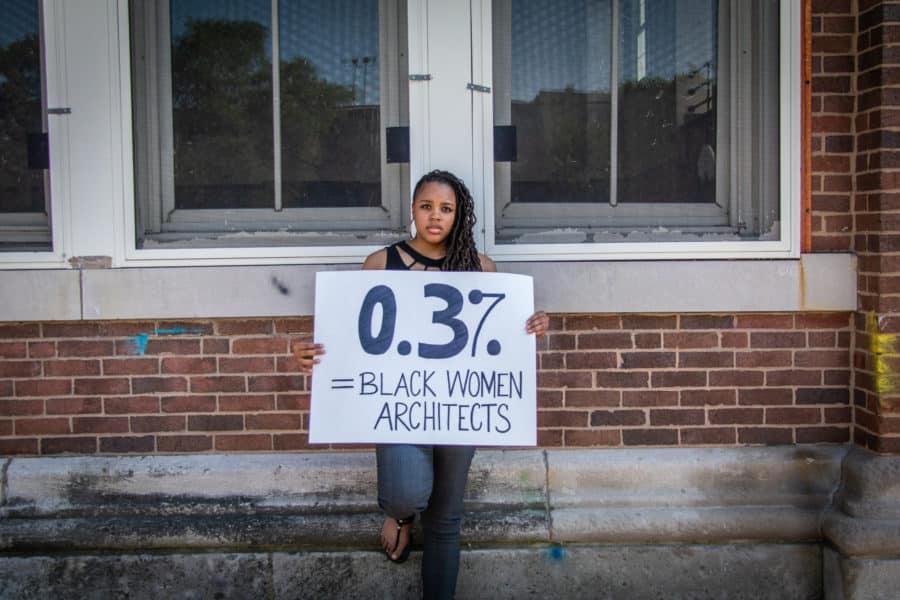
The following year, renovations were being done at her school, and Hughes found herself fascinated with watching the workers, stealing glimpses of their blueprints whenever possible. At that point, Hughes knew what she wanted to do for a living one day, but didn’t have the words. She finally found a name for her passion when explaining it to a woman at the school.
“She said, ‘Oh, yes, Tiara, it looks like you want to be an architect,’” Hughes remembered.
The dream stayed alive through junior high, but her school didn’t offer courses or resources to support her vision. “My junior high school was predominantly Black, and while every classroom had a book, every child did not,” Hughes said.
In eighth grade, Hughes asked her mother if she could transfer to a high school in another district. Her mother petitioned the school board, and Hughes was granted admission into Kirkwood High School, a top public school in the city’s western suburbs.
[SEE ALSO: Built Celebrates Women in Construction Week 2021]
For the next four years, Hughes woke up every morning at 4 a.m., boarded two public buses, a train and then a school bus to get to Kirkwood. Fellow commuters became like family.
“I was the youngest commuter, and if I ever fell asleep, they’d say, ‘Hey, little one, wake up,’” she said.
High school offered her yearly architecture classes, where Hughes excelled, but the experience was not without significant stress. While the school was billed as integrated, Black students often felt ostracized. Hughes remembers one group of white students writing racial slurs on the side of the building.
“The racial tension was a lot. A lot of us were scared; we just wanted our education,” said Hughes, who was the only girl and only Black person in any of her architecture classes. “I had no idea that my high school was really preparing me for the industry, since there are not a lot of Black women in architecture.”
The love between grandfather and granddaughter
After high school, Hughes enrolled in the architecture program at Drury University in Springfield, Missouri, but struggled. It was her maternal grandfather, Alvin Douglas Harper, who came to her aid. Harper was the most influential figure in Hughes’ life as she was growing up. “He pushed me beyond my greatest dreams,” she said.
Early in Hughes’ college career, Harper was diagnosed with cancer; doctors gave him a prognosis of three to six months. But even with that diagnosis, he made a promise to Hughes.
“He promised me that he’d be there at the finish line,” she said. “I was struggling, and that promise helped me get refocused, and I knocked school out of the park.”
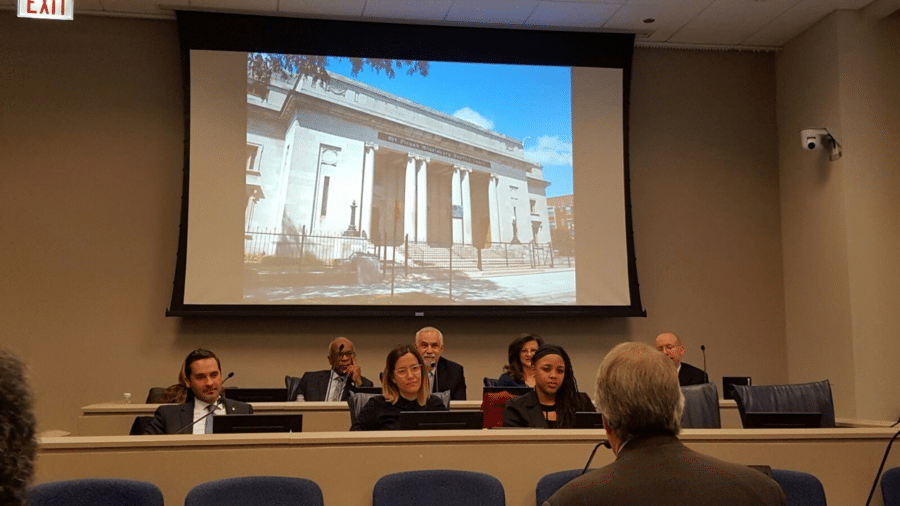
Harper ended up living three more years. When Hughes came home from studying abroad and had maxed out her student loans, causing her to be without a home for a full semester, he traveled to a bank every month to send her money for food.
“He wouldn’t let me give up,” Hughes said. “That is the love that I had in my life. Even though I was poor, I never felt poor.”
One of the last conversations the pair had stays with her to this day.
“He said, ‘Tiara, I kept my promise. Now I need something from you,’” she said. “He said, ‘Promise me that you will never give up. That you will travel the world like you said we would together, that you will mentor Black girls similar to you, that you will live out all of your dreams and live life to the fullest as if I’m right here with you, because I will always be here to light your way.’”
Hughes promised. Harper passed away two months after she graduated from college.
Keeping her promise
While Hughes’ life and accomplishments are impressive, everything she does points back to her two main priorities, all part of the promise she is keeping to her grandfather.
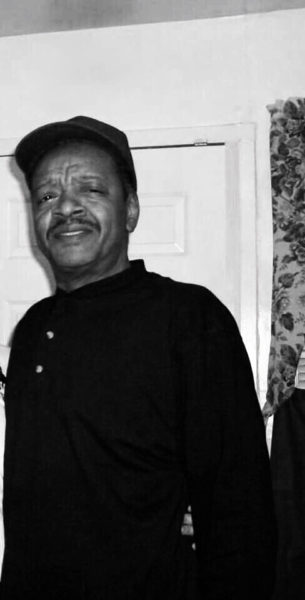
“Life, to me, is about two things: keeping my promise to him and leaving the architecture industry better than when I stepped into it,” Hughes said.
Hughes’ impact is felt by those around her.
Adam Semel, a managing partner in SOM’s Chicago office, said Hughes is “absolutely a rising star,” with her “tireless energy, creativity, enthusiasm and grounding energy—from the practical to the moral, she brings creative ideas and will challenge you and everyone around her.” He added that the pair have a mentor/mentee relationship, but said, “I’m not going to say who is who.”
Udo Anidobu is currently a student in the architecture program at the University of Illinois at Urbana-Champaign who was first introduced to Hughes as a mentor in high school. The pair collaborated on multiple architecture competitions, and with Hughes’ help, Anidobu won a national design competition.
Today, the pair still keep in touch, and Anidobu continues to look up to Hughes.
“She is incredible, and the way she handles herself when talking about social justice and equality is with such grace that I take notes,” Anidobu said. “It is nerve-wracking to justify why you deserve equal opportunities, why you shouldn’t feel uncomfortable in reviews, but she handles it so well that I aspire to be like that.”
What does the future hold for Hughes?
“I see a limitless future for Tiara that could go in many directions,” Semel said. “My hope is that she will continue to make change within the industry and at our firm—but honestly, I think she could go do whatever she wants.”
For Hughes, any future ambition comes back to one thought: her grandfather.
“Everything I do revolves around the promise that I made to him,” Hughes said. “I want to leave this industry better than when I entered—and I am going to keep that promise.”
Katie Morell is an independent journalist and writing coach based in Bend, Oregon. Read more of her work at katiemorell.com.


